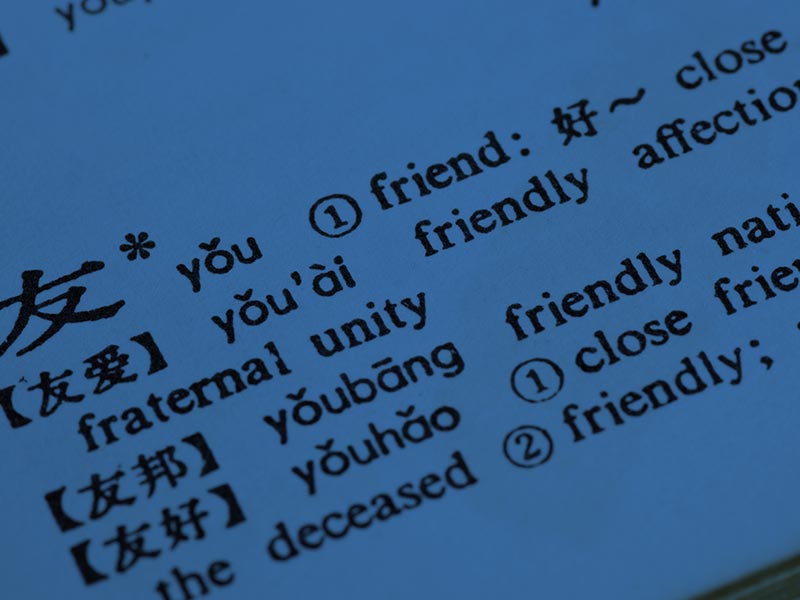Mandarin Chinese is often considered one of the toughest languages for English speakers to learn. The tones, characters, and cultural nuances can feel overwhelming. However, when it comes to grammar, Mandarin is surprisingly simple—much easier than English!
In Mandarin, you don’t have to worry about conjugating verbs. In English, you have to change “run” to “ran” for past tense or “runs” for third-person singular. But in Mandarin, the verb stays the same! “吃” (chī), meaning “to eat,” remains unchanged whether it’s “I eat,” “she eats,” or “we ate.” You just add time words like “昨天” (zuótiān – yesterday) or particles like “了” (le) to show when something happened.
Also, you can forget about tricky plurals, or articles like “a” and “the.” A noun like “书” (shū – book) can mean one book or many, depending on context. No need to memorize irregular plural forms or when to use “a” vs. “the.” And Mandarin follows a simple subject-verb-object (SVO) structure—much like English! No need to juggle complex sentence patterns like in some other languages.
While mastering Mandarin pronunciation and characters is challenging, its grammar is refreshingly straightforward compared to English!
Related Articles
How Mosquitoes Changed History
They may seem like nothing more than annoying pests, but mosquitoes have played a powerful role in shaping the world. These tiny insects are considered the deadliest animals on Earth—not because of...
The History of Parody—Comedy That Pushes Boundaries
Parody—the art of exaggerating or imitating something for comedy—dates back to ancient Greece, where playwrights like Aristophanes poked fun at politics and myths. In the 1700s and 1800s, satirical...
The Science of Volcanoes—Earth’s Fiery Forces
Volcanoes are more than just eruptions—they are crucial to Earth’s formation! When molten rock, or magma, reaches the surface, it creates new land, forming islands like Hawaii and Iceland. The...





